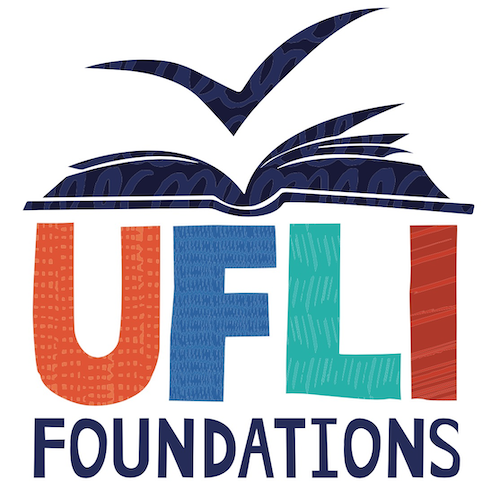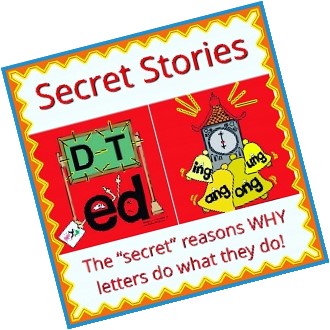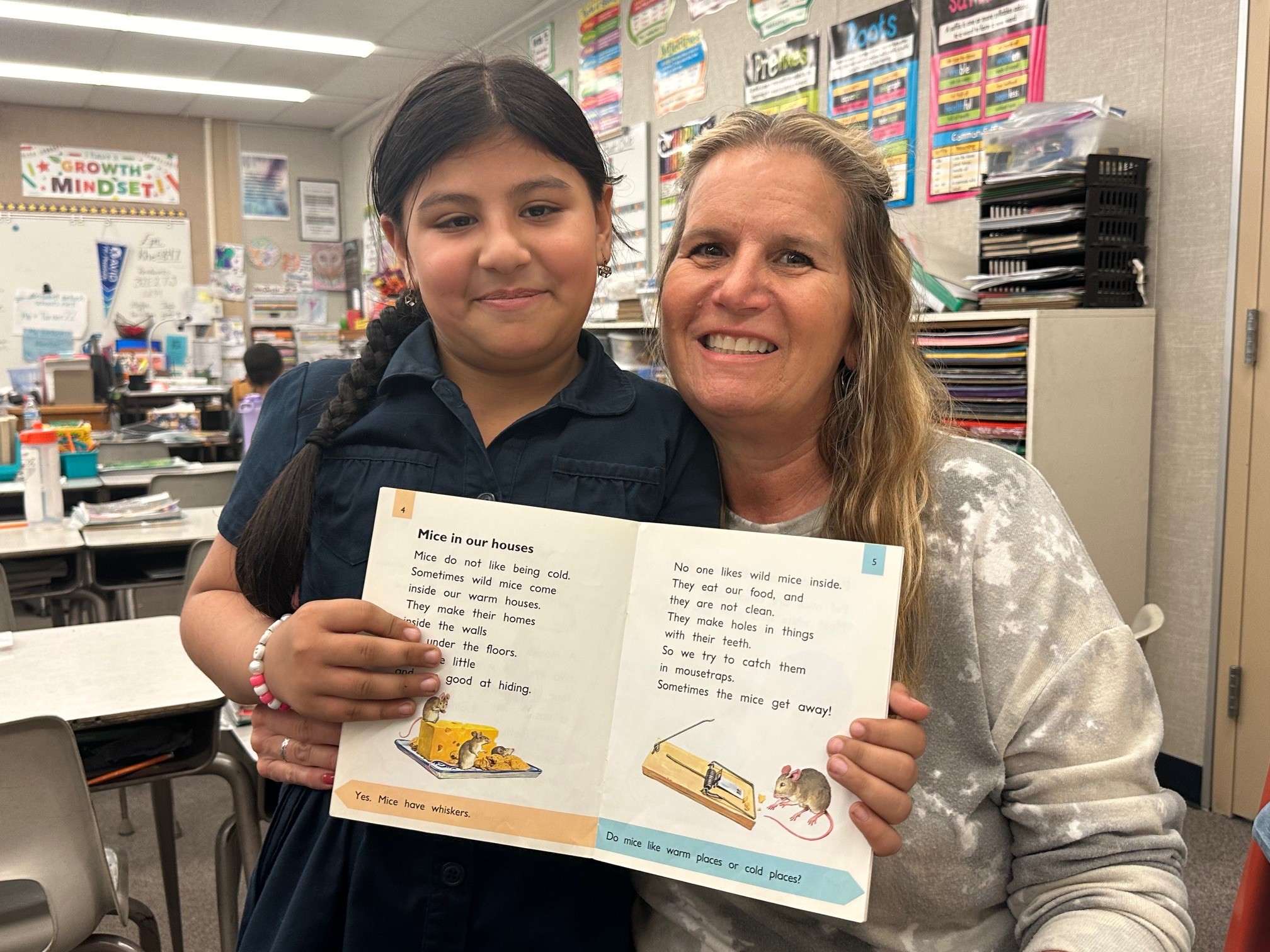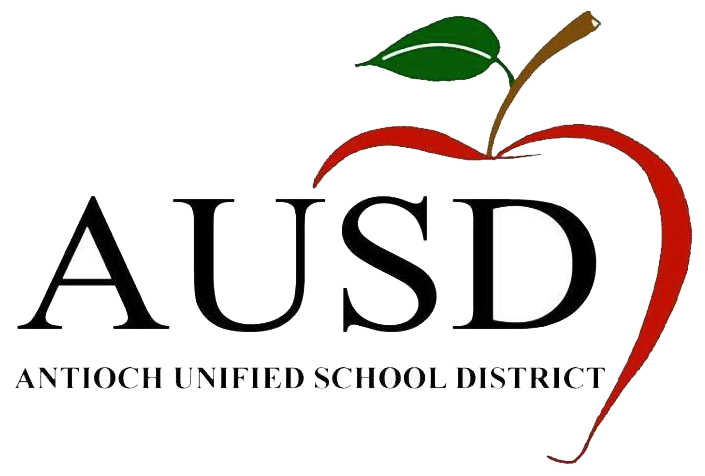AUSD Elementary Literacy


ANTIOCH UNIFIED and Heggerty: All Kindergarten and 1st grade scholars participate in 10 minutes of daily phonemic awareness instruction using the Heggerty program. In addition, students in Dual Immersion Kindergarten and 1st grade classrooms also receive Heggerty phonemic awareness instruction in Spanish.



What is Phonemic Awareness?
Phonemic awareness is the understanding that spoken words are made of individual sounds called phonemes. A phoneme is the smallest unit of sound we hear in a word. Phonemic awareness falls underneath the umbrella as a sub-category of phonological awareness. Rather than working with larger units of spoken language, we ask students to listen for the individual sounds or phonemes in a spoken word. When we ask students to blend or segment words into the smallest unit of sound they hear, we are working at the phonemic awareness level. For example, the four sounds /p//l//a//n/ can be blended to make the whole word plan.
Heggerty: Parent Newsletter with ideas to work on Phonemic Awareness at home: Phonemic Awareness Assessments & Lesson Plans | Heggerty
ANTIOCH UNIFIED and UFLI (University of Florida Literacy Institute) Foundations: All Kindergarten, 1st grade & 2nd grade scholars will participate in 30 minutes of explicit, systematic and direct phonics instruction using the UFLI Foundations program. This dedicated time will include both decoding (reading) and encoding (writing) instruction and practice, much of which is accomplished with hands on manipulation of letters.




What is "Phonics"?
Phonics is a main path in teaching children how to read and write. It helps children hear, identify and use different sounds that distinguish one word from another.
Written language can be compared to a code, so knowing the sounds of individual letters and how those letters sound when they’re combined will help children decode words as they read.
Understanding phonics will also help children know which letters to use when they are writing words.
Phonics involves matching the sounds of spoken words with individual letters or groups of letters. For example, the sound k can be spelled as c, k, ck or ch.
Teaching children to blend the sounds of letters together helps them decode unfamiliar or unknown words by sounding them out. For example, when a child is taught the sounds for the letters t, p, a and s, they can start to build up the words: “tap”, “taps”, “pat”, “pats” and “sat”.
Parent Resource Hub | UF Literacy Institute - This site is filled with information and resources for parents/guardians to work with their children on phonics at home.



What are Secret Stories?
Secret Stories is a fun and creative way for children to learn the sounds letters make. Using simple stories, pictures, and hand motions, students discover the “secrets” behind why letters work the way they do. This makes reading and spelling easier, faster, and more enjoyable. Secret Stories helps build confidence and gives students the tools they need to become strong, excited readers. All Kinder, 1st, 2nd and 3rd grade classroom have the Secret Stories posters in their classrooms.


